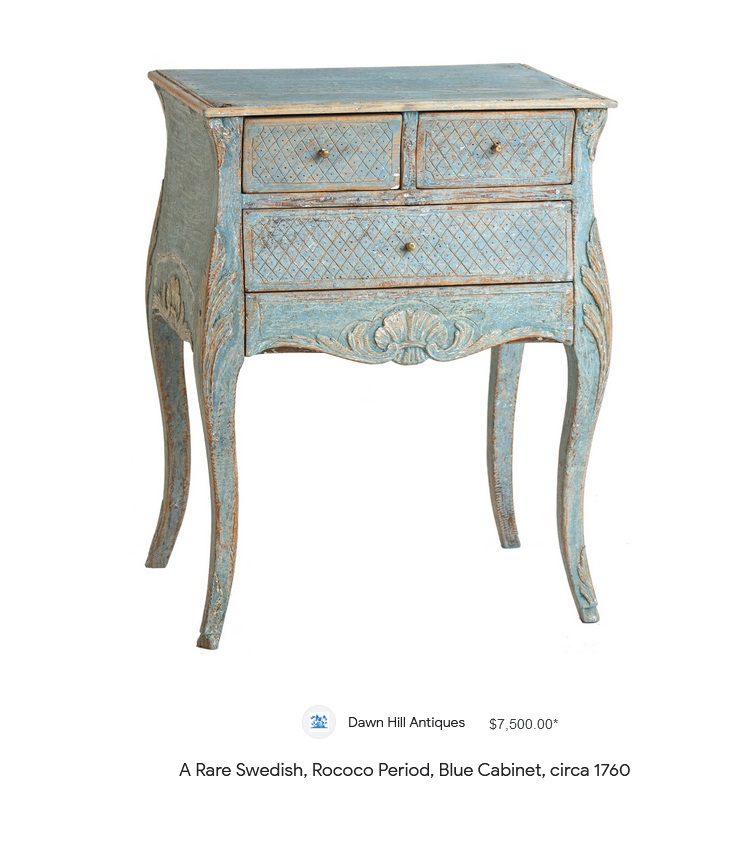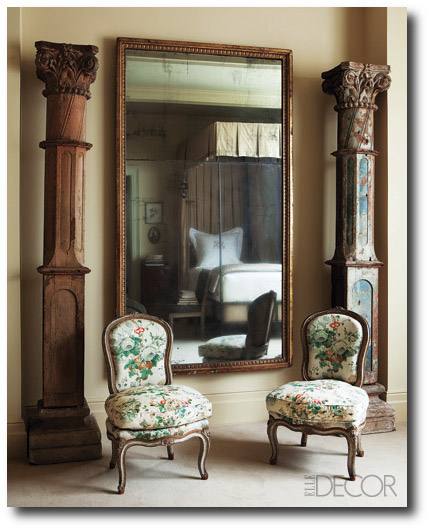The Rococo style, which emerged in the early 18th century, originated in France and quickly spread throughout Europe, including the Nordic countries. While the Nordic countries, comprising Denmark, Sweden, Norway, Finland, and Iceland, were influenced by the broader European Rococo movement, they also showcased distinctive characteristics and adaptations that set them apart.
Danish Rococo: In Denmark, Rococo art and architecture were strongly influenced by French and German styles. Danish Rococo emphasized elegance, refinement, and symmetry. Architects like Nicolai Eigtved played a crucial role in shaping the Danish Rococo style, evident in buildings such as the royal palaces of Amalienborg and Christiansborg. Danish furniture of this period featured delicate, curving lines, often adorned with intricate carvings and gilding.
Swedish Rococo: Swedish Rococo, known as the Gustavian style, developed later than in other Nordic countries. It was influenced by French Rococo and neoclassical elements. Gustavian interiors showcased light colors, restrained ornamentation, and a preference for straight lines, reflecting a shift towards neoclassicism. The Swedish king, Gustav III, played a significant role in promoting this style, and it became synonymous with elegance and sophistication in Sweden.
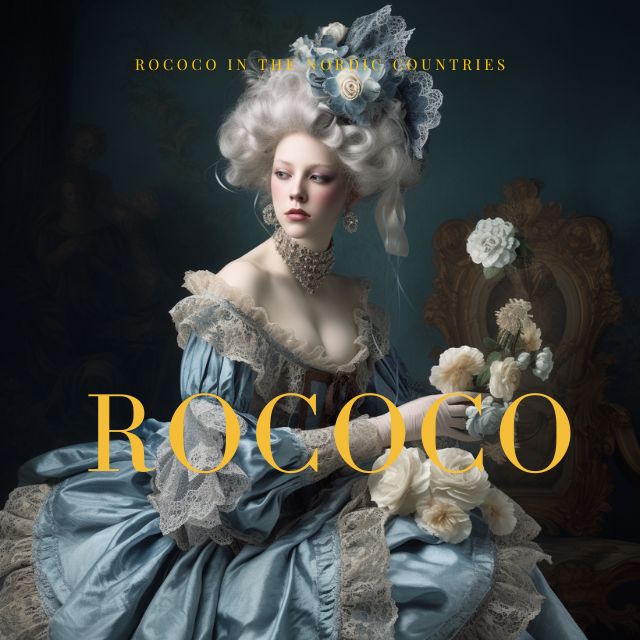
Norwegian Rococo: Norway was under Danish rule during the height of the Rococo period, so Danish Rococo influences were prominent. However, Norwegian craftsmen and artisans infused their own regional characteristics into the style. Norwegian Rococo featured intricate woodcarvings, often depicting local flora and fauna, as well as a preference for vibrant colors. Examples can be seen in the elaborate woodwork found in stave churches and traditional rural buildings.
Finnish Rococo: Finland, then part of the Kingdom of Sweden, adopted Swedish Rococo influences. The Finnish interpretation of Rococo emphasized simplicity, lightness, and elegance. Finnish architects and craftsmen integrated Swedish neoclassical elements into their Rococo designs, reflecting a shift towards classicism. The famed architect Carl Fredrik Adelcrantz played a significant role in shaping Finnish Rococo.
Icelandic Rococo: As an isolated island nation, Iceland’s exposure to the Rococo style was relatively limited. However, the few examples of Rococo art and architecture in Iceland demonstrate a fusion of local influences with European Rococo. The Icelandic interpretation tended to incorporate simpler ornamentation and more rustic elements, often reflecting the country’s natural surroundings.
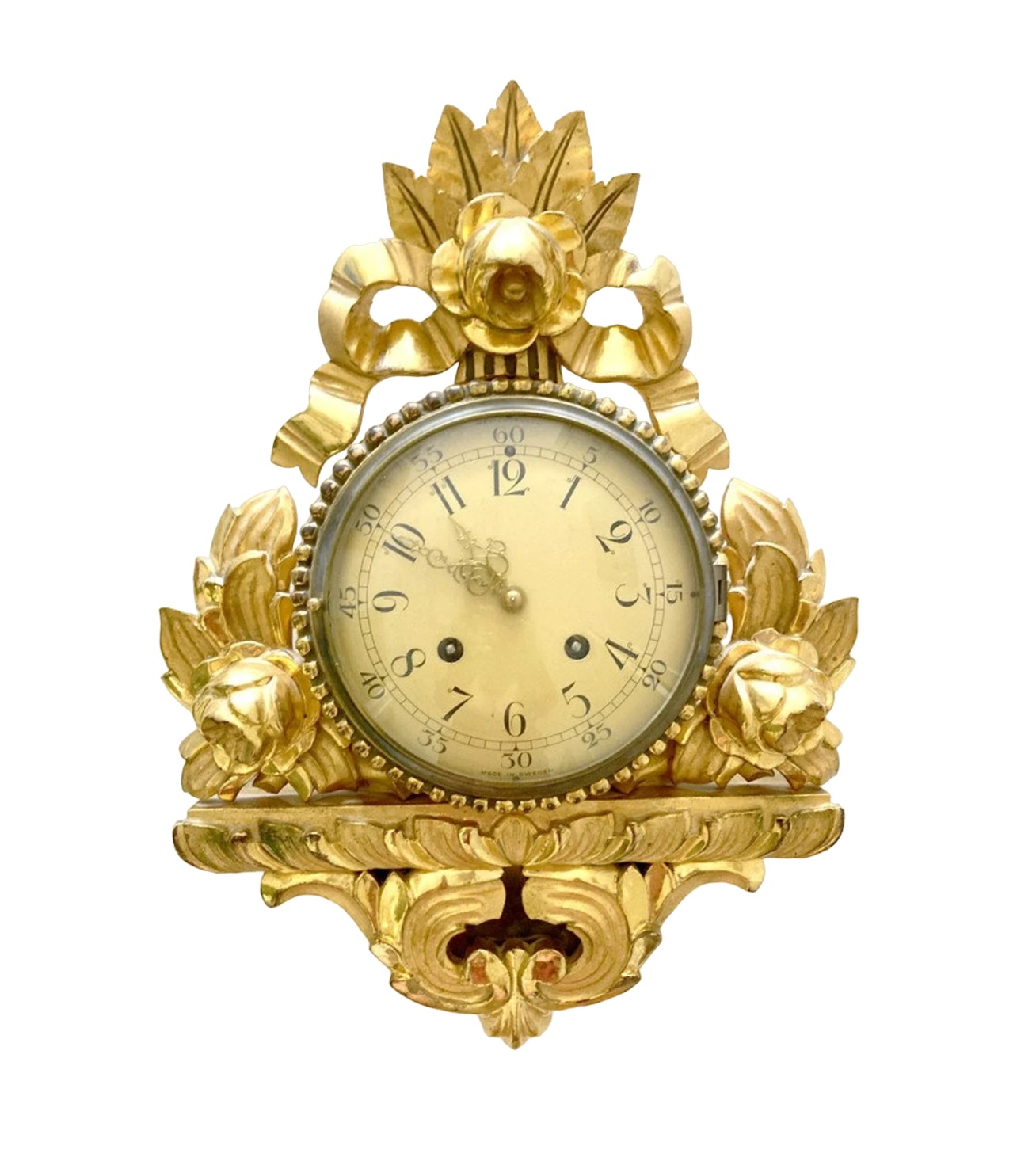
Antique Westerstrand Swedish Rococo Gilt Carved Wood CARTEL WALL CLOCK – Etsy
Overall, while the Rococo style in the Nordic countries shared common European influences, each country infused their own regional characteristics, resulting in distinct variations. Danish Rococo emphasized elegance and symmetry, Swedish Rococo transitioned towards neoclassicism, Norwegian Rococo incorporated local woodcarvings, Finnish Rococo leaned towards simplicity, and Icelandic Rococo fused local elements with European style. These variations highlight the diverse interpretations and adaptations of Rococo across the Nordic region.
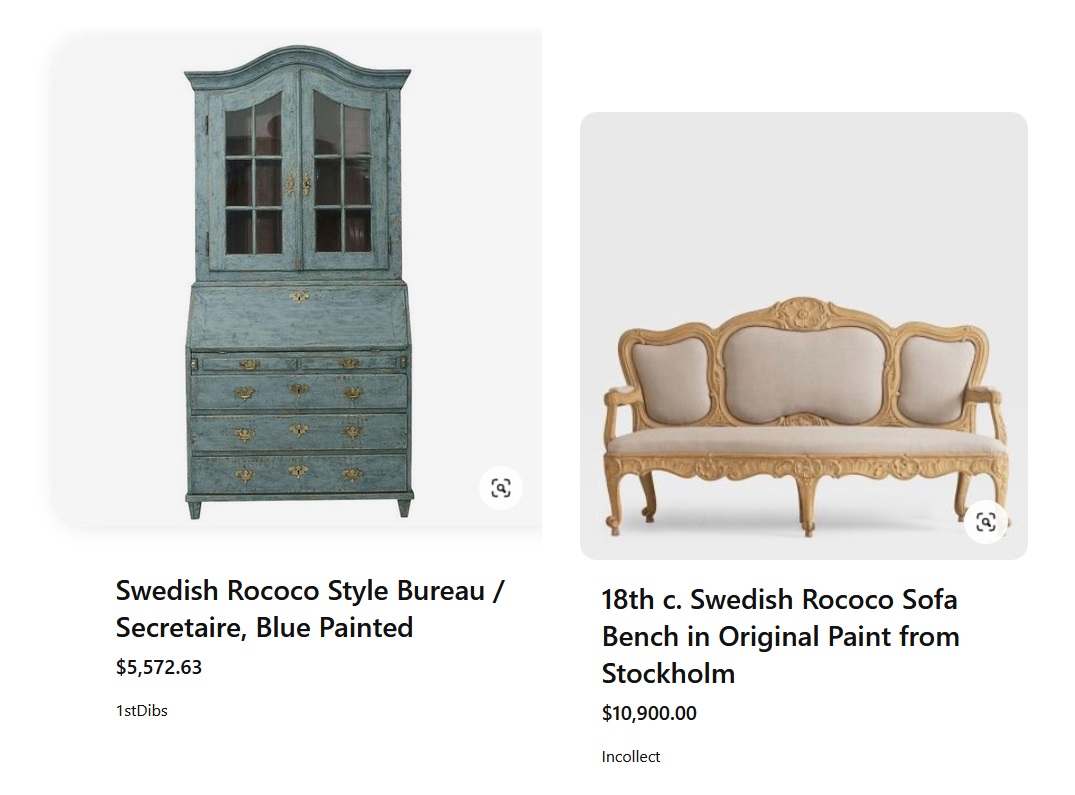
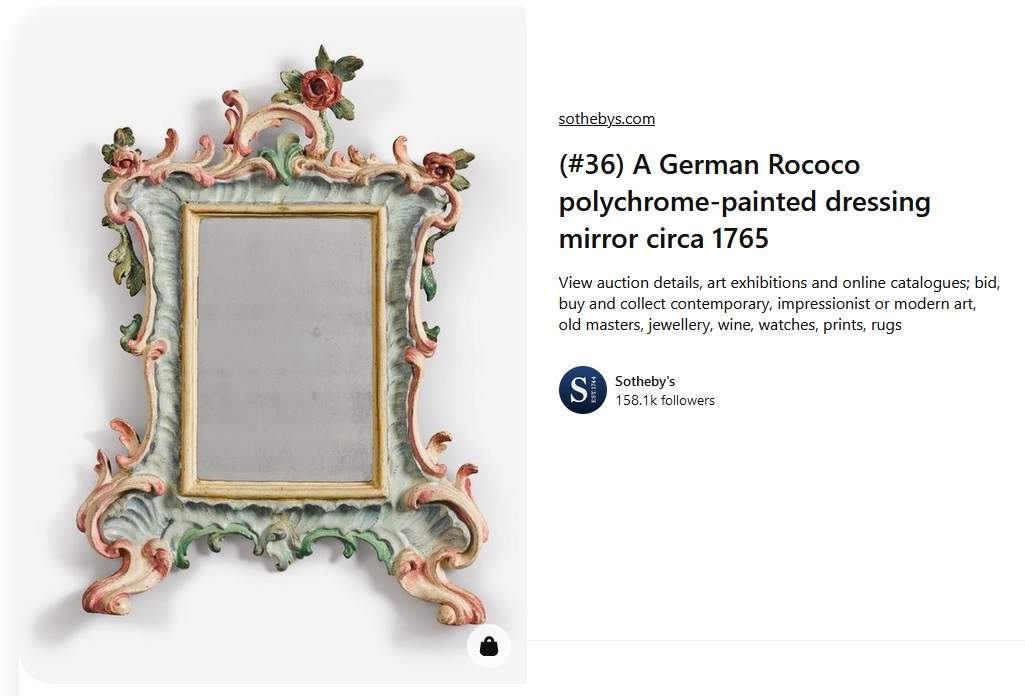
sothebys.com
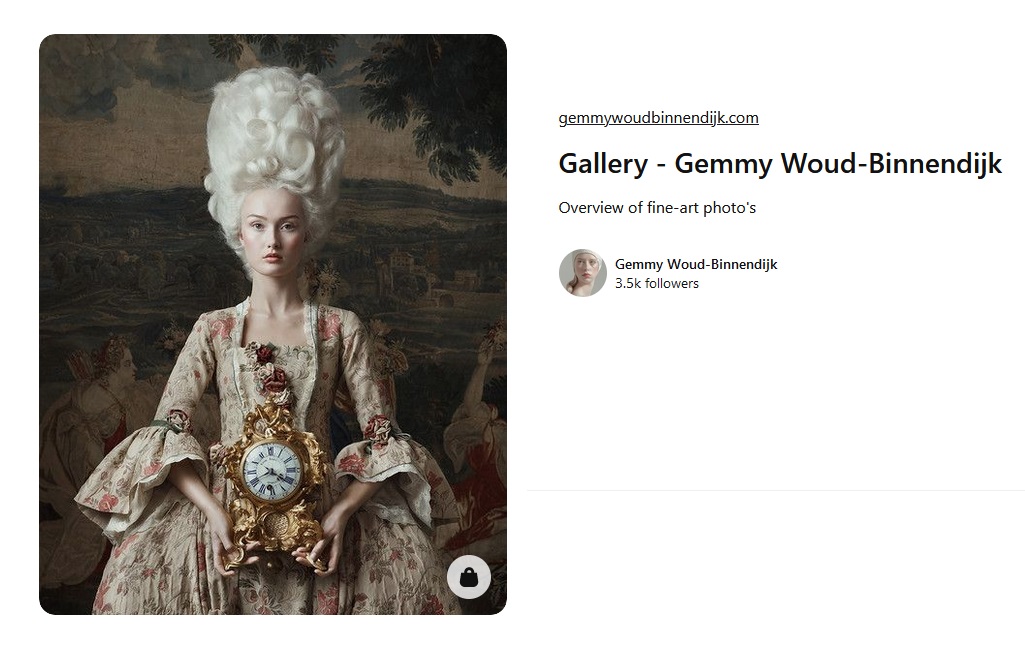
gemmywoudbinnendijk.com
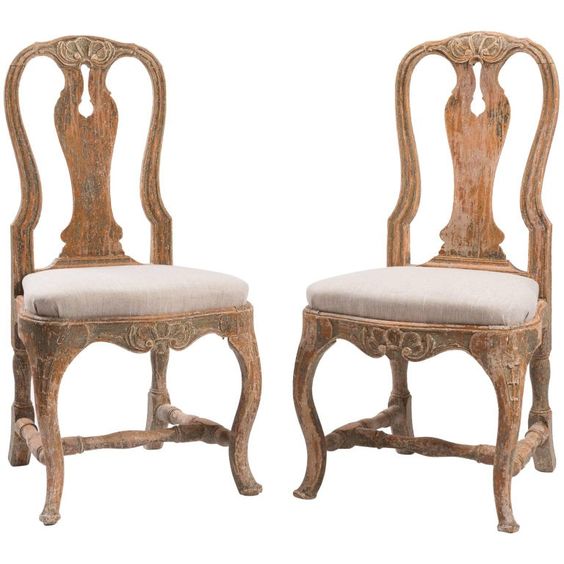
18th Century Swedish Rococo Chairs
About A pair of Swedish Rococo chairs with nice proportions and wooden Rococo carvings. Scraped to original paint and original seats with new linen. Manufactured in Stockholm, Sweden, circa 1760.
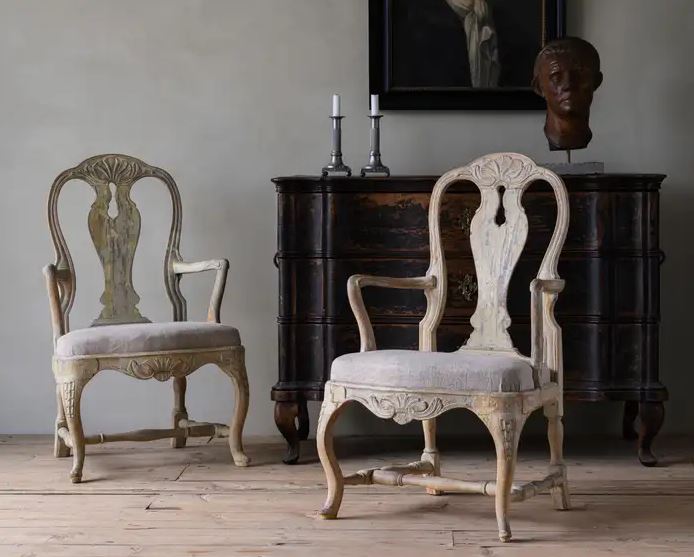
1stdibs Wood Rococo Swedish Armchair $9,200.00
………………
The Rococo style, characterized by its ornate and playful aesthetic, originated in France in the early 18th century and spread throughout Europe. While the Rococo style had a significant impact on the arts and architecture of several Nordic countries, including Sweden, Denmark, and Norway, it was adapted and interpreted differently in each region. Let’s explore the characteristics and variations of the Rococo style in the Nordic countries:
Sweden:
In Sweden, the Rococo style, known as “Rokoko,” emerged in the mid-18th century. Swedish Rococo was influenced by the French Rococo but had a distinctive national character. It incorporated elements of the Gustavian style, which focused on simplicity and neoclassical influences. Swedish Rococo emphasized lightness, elegance, and refinement. The furniture and interior design often featured delicate ornamentation, curved lines, and pastel colors. Rococo interiors in Sweden showcased painted paneling, gilded mirrors, and intricate stucco decorations.
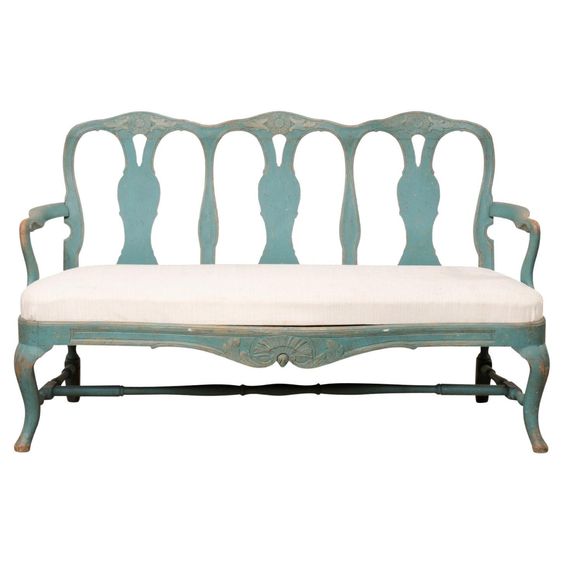
1stdibs Sofa – Period 3- Back Painted Bench Swedish Rococo Upholstery, Wood
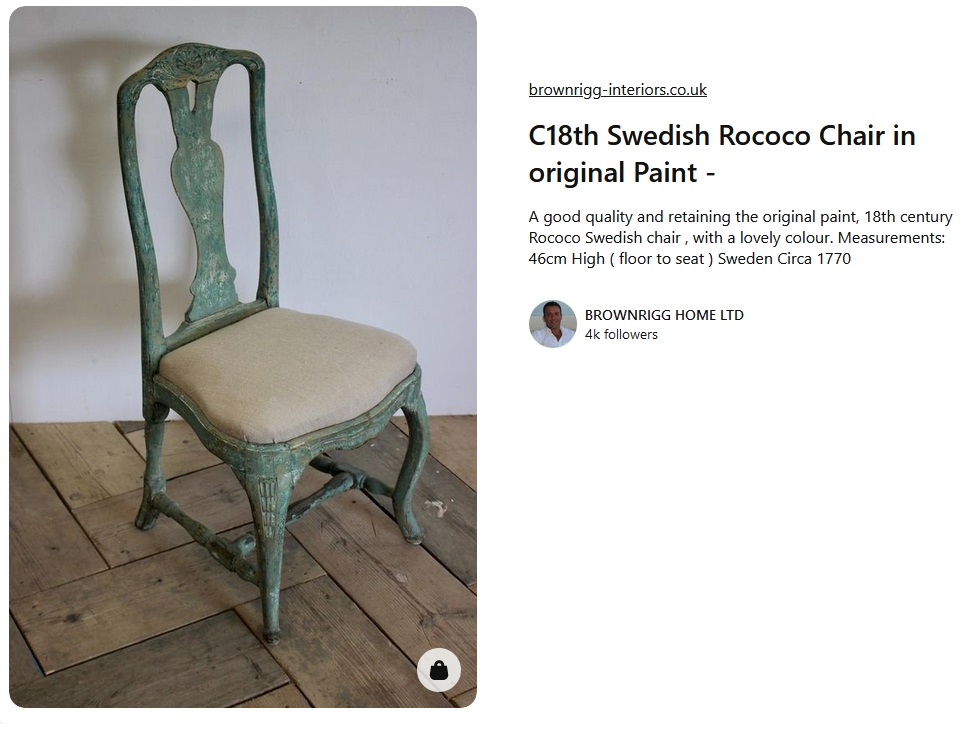
Denmark:
Denmark also embraced the Rococo style, which is known as “Rokoko” or “Rococo” in Danish. Danish Rococo emphasized asymmetry and organic forms. Furniture and interiors were characterized by intricate woodwork, curving lines, and an abundance of decorative elements like foliage, shells, and scrollwork. Danish Rococo incorporated motifs inspired by nature and often featured light and pastel colors. The royal palaces of Denmark, such as Frederiksborg Palace and Amalienborg Palace, exhibit remarkable examples of Rococo architecture and design.
Norway:
In Norway, the Rococo style, known as “Rokokko” or “Rococo” in Norwegian, found expression in both architecture and interior design. Norwegian Rococo often displayed a fusion of Rococo elements with traditional Norwegian craftsmanship and folk art. The Rococo interiors in Norway featured intricate woodcarvings, especially in the form of acanthus leaves, floral motifs, and swirling patterns. Buildings such as the Royal Palace in Oslo exemplify the Rococo influence in Norwegian architecture.
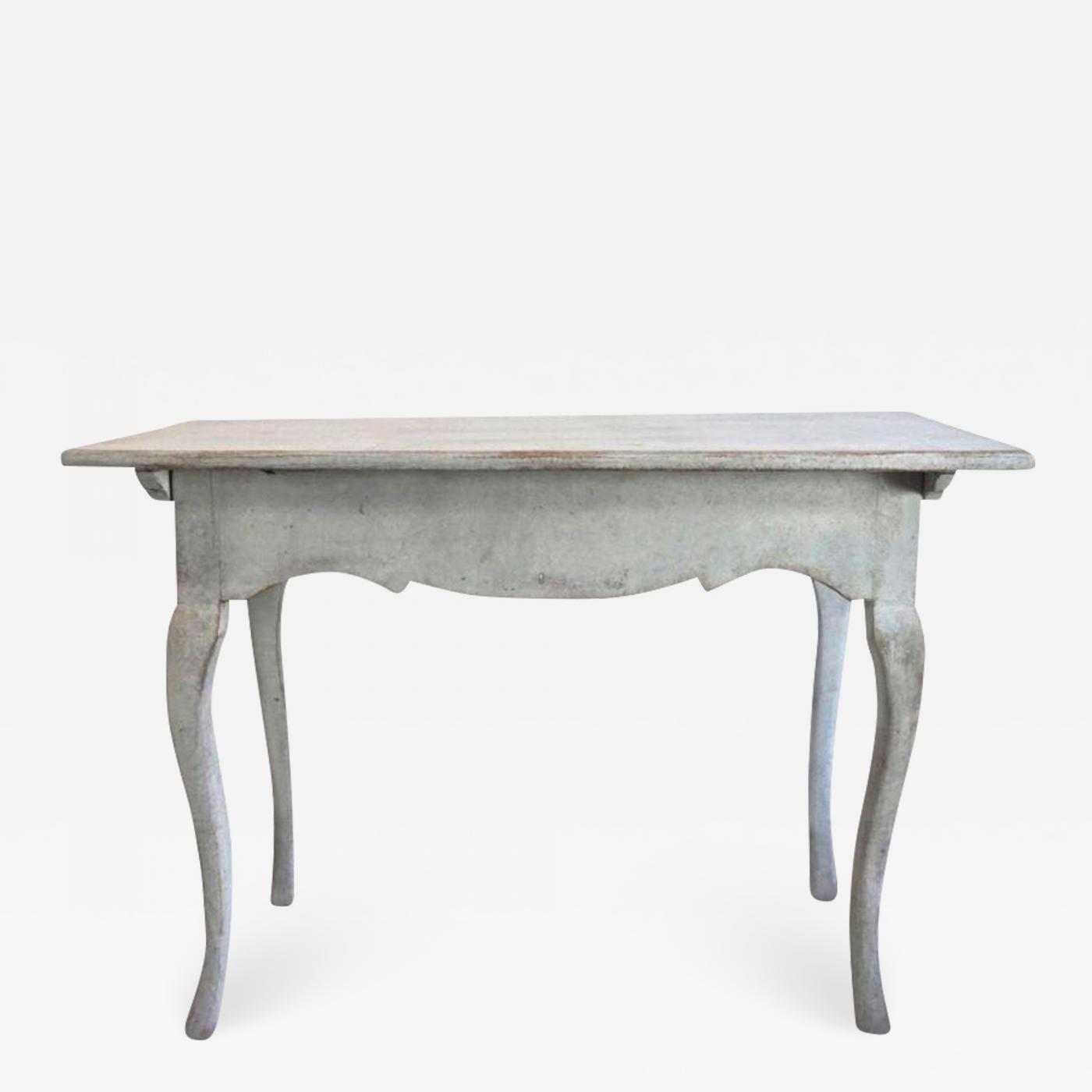
18TH C SWEDISH ROCOCO SIDE TABLE – In Collect
Despite these regional variations, the Nordic countries generally embraced the Rococo style as a way to demonstrate wealth, sophistication, and cultural refinement. The style was particularly popular among the nobility and upper classes, who commissioned lavish interiors, furniture, and art in the Rococo aesthetic.
It’s important to note that the Rococo style gradually gave way to neoclassical influences in the late 18th century, as tastes shifted towards simpler and more restrained forms. However, the legacy of Rococo can still be seen in many historic buildings, palaces, and museums across the Nordic countries, showcasing the region’s unique interpretation of this ornate and whimsical style.
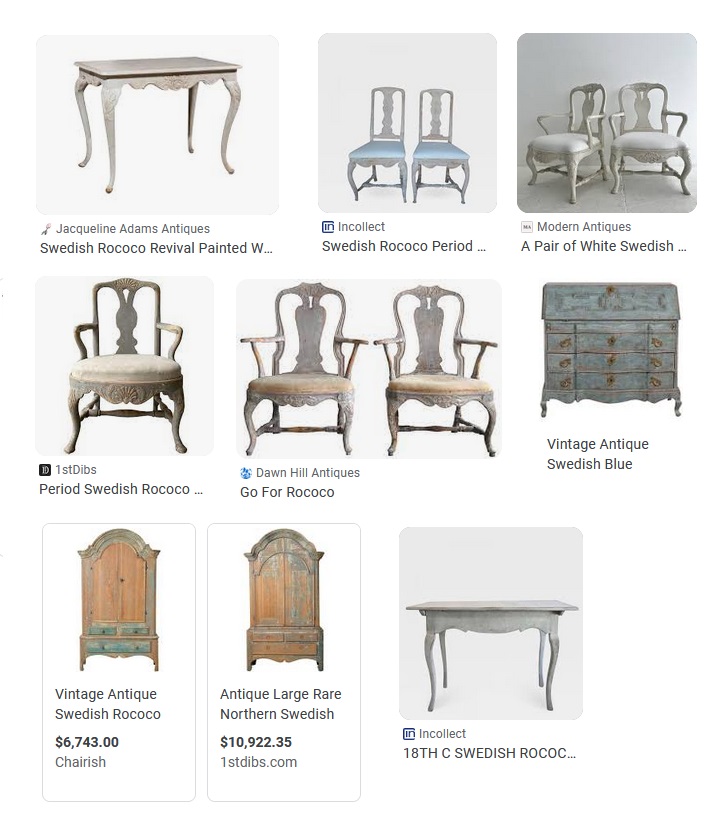
The Rococo Style in Sweden: A Delicate Blend of Elegance and Extravagance
The Rococo style, known for its ornate and whimsical designs, flourished in Sweden during the 18th century. This period, often referred to as the Gustavian era, was a time of great artistic and cultural refinement in the country. While the Rococo movement originated in France, it quickly spread throughout Europe, leaving its indelible mark on Swedish art, architecture, and interior design.
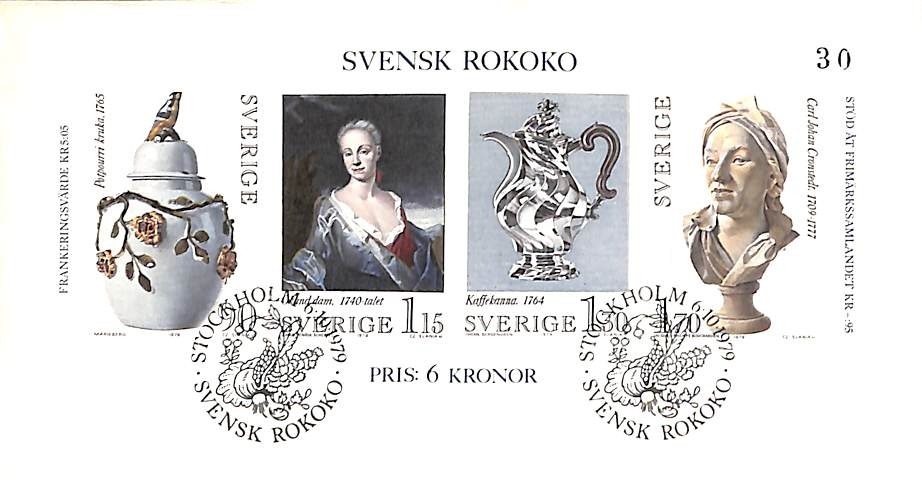
Stamp 1979, Sweden Swedish rococo s/s, 1979 – Collecting Stamps – PostBeeld – Online Stamp Shop – Collecting
In Sweden, the Rococo style was embraced by the aristocracy and the wealthy bourgeoisie, who sought to emulate the elegance and opulence associated with the French court. This period coincided with the reign of King Gustav III, whose personal taste and influence played a pivotal role in shaping the Swedish interpretation of Rococo.
One of the key characteristics of Rococo design is its emphasis on asymmetry and intricate detailing. Swedish Rococo architecture featured gracefully curved facades, ornamental embellishments, and elaborate stucco work. The interiors of buildings were adorned with delicate motifs, including shells, scrolls, flowers, and foliage. Furniture and decorative objects were often crafted from light-colored woods, such as birch or beech, and embellished with gilded accents.
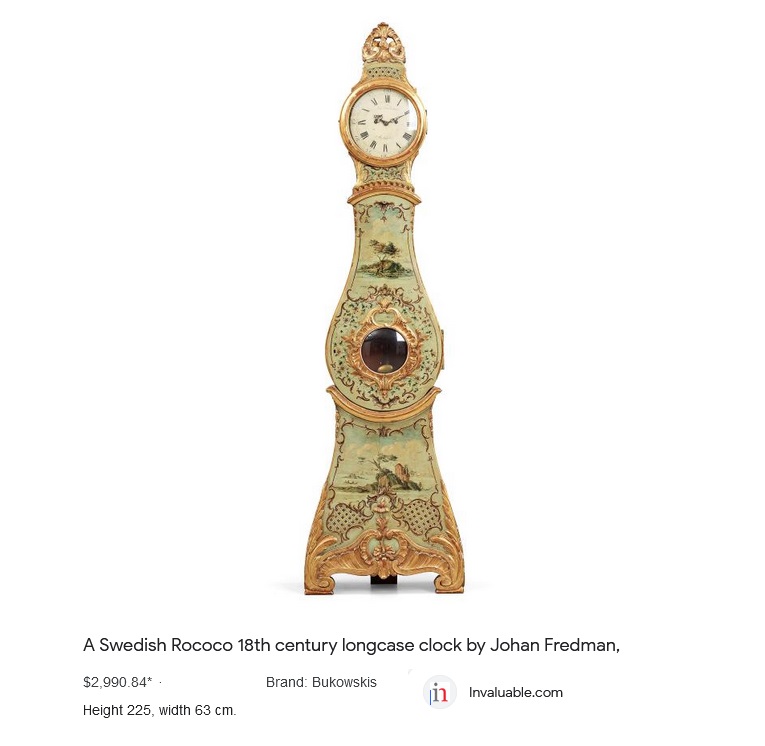
The Rococo style also had a significant impact on Swedish craftsmanship. Master artisans excelled in cabinetmaking, producing exquisite furniture pieces characterized by their lightness and grace. These pieces often featured slender legs, delicate carvings, and upholstery in soft, pastel-colored fabrics. Rococo-style mirrors, chandeliers, and porcelain became highly sought after, adding a touch of sophistication to the interiors.
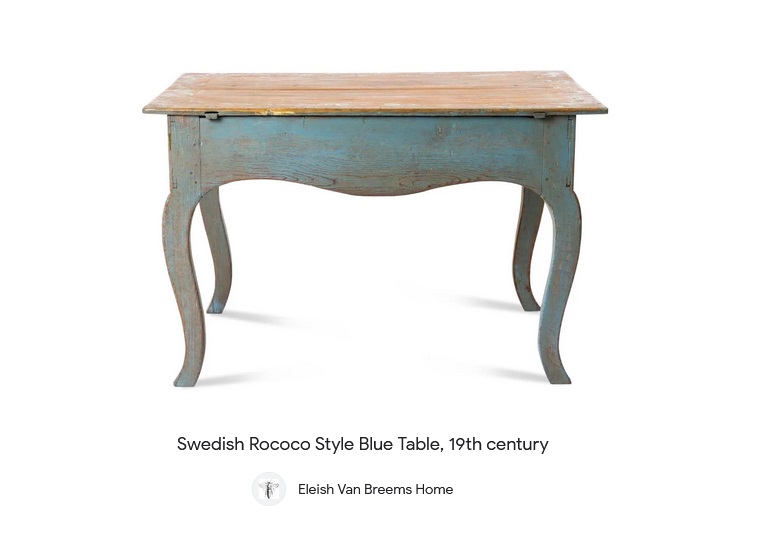
One prominent example of Swedish Rococo architecture is the Royal Palace in Stockholm. Designed by architect Nicodemus Tessin the Younger, it showcases the elegance and grandeur associated with the style. The interiors of the palace, particularly the Royal Apartments, feature elaborately decorated rooms with intricate stucco work, ornate furnishings, and beautiful tapestries.
While Rococo design was prevalent in the royal palaces and the homes of the upper class, its influence extended beyond the elite. The Rococo aesthetic trickled down to the middle class, with merchants and professionals incorporating elements of the style into their homes. This democratization of Rococo design contributed to its widespread popularity and enduring legacy in Swedish culture.
The Rococo era in Sweden was not solely focused on superficial beauty and decoration. It also fostered intellectual and cultural advancements. King Gustav III, a passionate patron of the arts, established the Royal Swedish Academy of Fine Arts and promoted the development of Swedish literature and theater. This period witnessed the rise of influential Swedish artists and writers, including Carl Fredrik Adelcrantz, Carl Michael Bellman, and Johan Tobias Sergel.
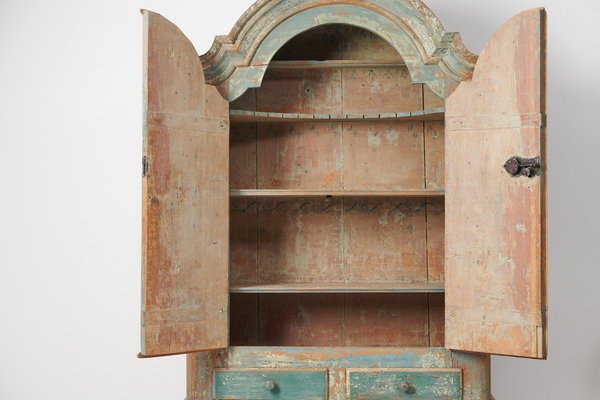
Antique Swedish Rococo Country Cabinet
Vintage Design Antique rococo country cabinet made by hand in solid Swedish pine.
Despite its popularity, the Rococo style eventually fell out of favor in Sweden. In the late 18th century, a shift towards neoclassicism, inspired by ancient Greek and Roman aesthetics, took hold. This transition was marked by simpler, more restrained designs that favored symmetry and clean lines over the elaborate ornamentation of Rococo.
However, the Rococo style’s impact on Swedish culture remains significant to this day. Many architectural landmarks and historical buildings continue to showcase the delicate and intricate beauty of the Rococo era. The influence of Rococo can also be seen in contemporary Swedish design, with echoes of its graceful lines and decorative motifs found in furniture, textiles, and decorative objects.
In conclusion, the Rococo style in Sweden during the 18th century brought a sense of elegance, luxury, and artistic refinement to the country. Its influence can still be seen in the architectural marvels, exquisite furniture, and decorative objects that have stood the test of time. The Rococo era in Sweden serves as a reminder of a bygone era of grandeur and artistic expression, and its legacy continues to inspire and captivate admirers of beauty and craftsmanship.
